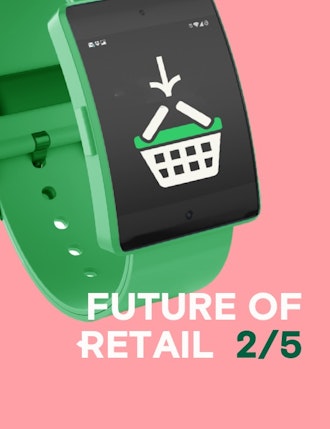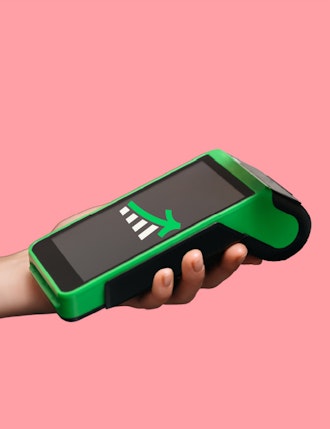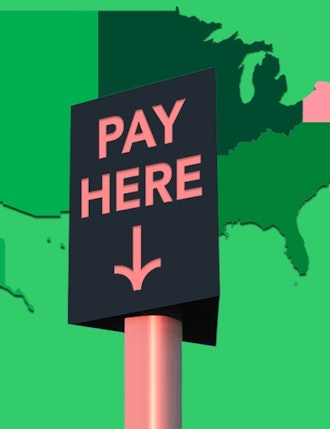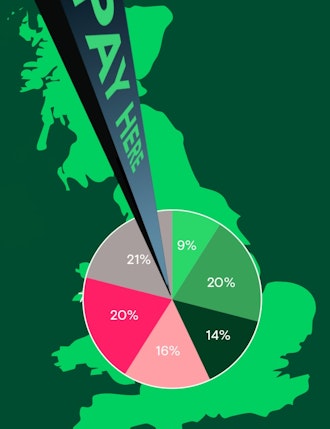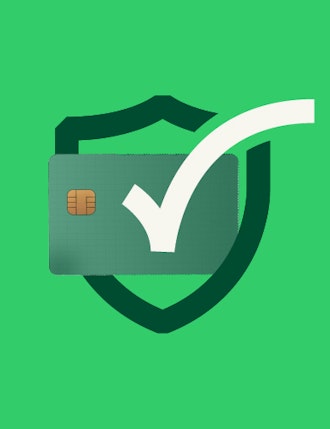Key Insights
-
Omnichannel payments enable seamless payments across digital and physical touchpoints, whether it’s online, in-store, via app, on self-service devices like vending machines, kiosks or EV chargers
-
Omnichannel payments unify digital transactions with real-world actions, instantly unlocking fuel pumps, opening parking barriers, or dispensing snacks, turning payments into the command layer that powers every customer touchpoint.
-
For merchants, omnichannel payments boost sales, loyalty, and operational efficiency by consolidating payment data across channels to unlock smarter marketing, better customer insights, and smoother, more personalized journeys.
-
Omnichannel payments security is critical, ensuring PCI DSS compliance, real-time session control, fraud prevention, and device state awareness, so merchants and PSPs can confidently protect data and customer trust.
- Aevi’s vendor-agnostic approach to omnichannel payments bridges the digital and physical worlds without replacing existing systems, empowering ISVs and PSPs to support merchants and orchestrate real-world outcomes seamlessly.
Don't have time to read more now? Sign up to our newsletter to get the latest insights directly in your inbox.
A customer reserves a parking spot online, pays via their app, and the barrier lifts automatically - easy. At a fuel station, a driver scans a QR code, taps to pay, and the pump unlocks instantly - nice. Or take a vending machine where a digital payment releases the snack and credits loyalty points in one smooth move. Easy-peasy, nice and breezy - just the way seamless payments should be.
These real-world examples show how omnichannel payments unify digital and physical touchpoints, creating experiences that are as omnipresent as they are omnipotent, always there and always capable of meeting customers wherever they are.
So, what are omnichannel payments, and how can they transform the customer journey while strengthening your own offering? Let’s take a closer look.
What are omnichannel payments?
In a nutshell, omnichannel payments means enabling customers to pay seamlessly across all the ways they interact with a merchant online, in-store, via app, or even on self-service devices like a vending machine or EV charger. It’s about accepting multiple payment methods and connecting those payments to create a consistent, frictionless experience that makes the customer journey feel super smooth.
From a technical perspective, omnichannel payments means linking digital payments with the physical world, like scanning a QR code at a self-service pharmacy locker to pick up a pre-paid prescription, or tapping a mobile wallet at a train station gate to activate travel access. It’s where e-commerce meets real-world action.
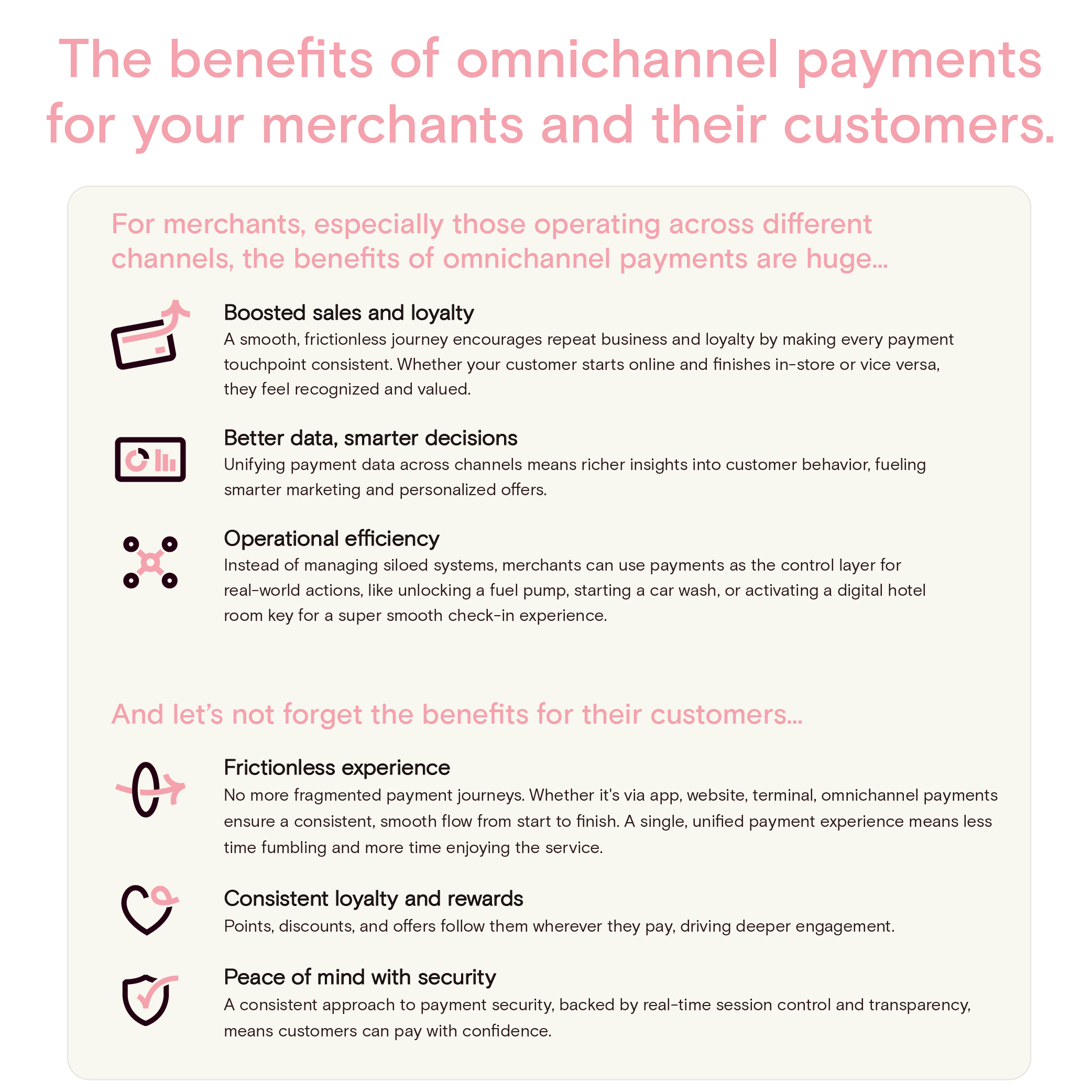
Payments as the command layer (consistent with in-person orchestration)
This is where the Aevi platform shines. By transforming payments into an orchestrator, Aevi connects digital payments to real-world outcomes - activating digital hotel check-ins, opening click-and-collect lockers at pharmacies, launching group fitness classes, or releasing concert tickets at self-serve kiosks. This orchestration layer doesn’t replace existing systems or hardware; instead, it sits neutrally between them, integrating seamlessly with POS terminals, loyalty programs, and backend systems.
It’s a crucial capability in a world where customers expect the “Uber standard” - instant, seamless, and secure experiences every time they pay. Aevi’s architecture is designed to handle complex real-world scenarios, whether that’s pre-authorizing payments before a session, applying loyalty points in real time, or providing dynamic receipts that keep customers informed and engaged.
This neutral command layer also means ISVs and PSPs can support merchants without having to rip out existing infrastructure - (aka: vendor-agnostic) bridging the gap between payments and the physical world with consistent APIs, robust telemetry, and real-time feedback. It’s about making payments the control point that powers every touchpoint in the customer journey.
Keeping omnichannel payments secure
Of course, with great flexibility comes the need for robust security. Omnichannel payments security is critical to building trust. Merchants and PSPs need to manage:
- Data protection and compliance: PCI DSS compliance is the baseline - no provider can compete without it.
- Fraud prevention: Unified transaction monitoring across channels reduces blind spots. This is particularly prevalent when machine learning is embedded within the payments process, as it is simply superb at detecting and even preventing fraud at source. You can read more about this in our blog: How machine learning in payments helps detect and prevents fraud.
- Device state awareness: Payments don’t happen in isolation, they interact with a wide range of devices, from self-service kiosks like pumps, vending machines, or kiosks, to POS terminals, real-time device state awareness ensures that payments only trigger real-world actions in secure, verified states.
Aevi’s platform prioritizes this from the ground up, with consistent APIs, logs, and telemetry that give merchants and PSPs full transparency and control.
The future of omnichannel payments (through an Aevi lens)
The convergence of digital wallets, mobile loyalty, and smart infrastructure is reshaping commerce. Customers, of course, expect payment to work, and they also expect them to do something: unlock a pump, start a session, finalize a bill, trigger a loyalty point.
That’s where Aevi’s strategy - orchestrating payments and physical infrastructure - is revolutionary. Rather than replacing existing systems, Aevi sits between them, connecting the dots and making every payment a trigger for real-world action. Whether it’s fueling up, checking into a hotel, accessing a gym session, or collecting an online retail order, Aevi ensures payments work securely, instantly, and everywhere.
For ISVs and PSPs serving merchants with complex, multi-channel needs, this opens doors to new revenue streams and deeper customer relationships, without having to rip and replace existing systems.
“What ISVs can now do with our platform is either run their own point-of-sale directly on the terminal, connected to our payment application, or run it separately and initiate payments on the terminal remotely.
From a single platform, we’re able to support everything from simple SMB use cases, where a user just enters an amount and pays, to more complex setups where the ISV owns the full point-of-sale experience and simply needs to process payments.
We provide them with a single point of integration that makes this all easy and scalable.”
Nadim Ghafoor, Senior Product Manager, Aevi
Want to see how Aevi can help you orchestrate payments that drive real-world outcomes? Let’s talk.
Interested in reading more around this subject? Here are some useful articles…


